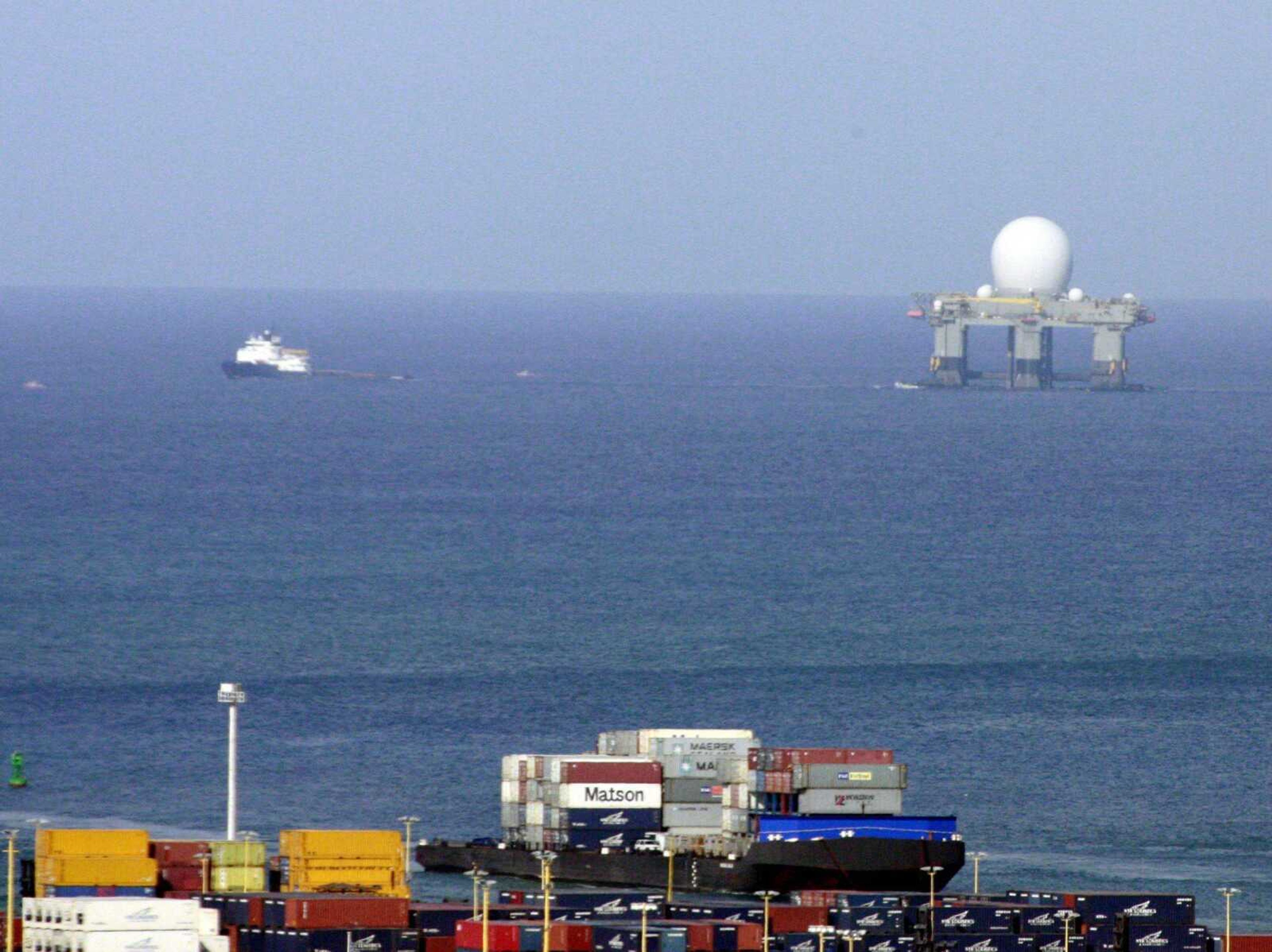Planned North Korea launch unnerves Hawaii residents
HONOLULU -- Comforted by the U.S. military's missile defense systems, Hawaii residents doubt a North Korean missile would light up the clear island sky like fireworks on the Fourth of July. But that doesn't mean the islands' laid-back beach-goers aren't worried that a long-range missile could be launched in the direction of Hawaii's emerald mountains and white sand beaches around Independence Day...
HONOLULU -- Comforted by the U.S. military's missile defense systems, Hawaii residents doubt a North Korean missile would light up the clear island sky like fireworks on the Fourth of July.
But that doesn't mean the islands' laid-back beach-goers aren't worried that a long-range missile could be launched in the direction of Hawaii's emerald mountains and white sand beaches around Independence Day.
"The North Koreans are unbalanced and could try anything," said Dan Gleason while walking his Jack Russell mix dog in downtown Honolulu. "If they do hit Honolulu, I hope it's a good shot, because I don't want to go through the aftermath."
Japanese media have reported the North Koreans appear to be preparing for a long-range test near July 4. Defense Secretary Robert Gates has ordered additional protections for Hawaii in case a missile is launched over the Pacific Ocean.
But only one concerned person with a Hawaii trip planned has called the Hawaii Visitors and Convention Bureau seeking information, state tourism liaison Marsha Wienert said on Friday. With Hawaii's huge military presence, no one should be afraid to travel to the islands, she said."We believe that this is a very safe destination," she said.
Retiree Mae Dong, a Honolulu resident of more than 50 years, said the United States must remain resolute in the face of any North Korean aggression.
"It's disturbing," she said Friday. "We cannot run. We have to fight them."
On Wednesday, a military radar system -- shaped like a giant golf ball -- slowly disappeared from Hawaii's coast as it headed out to sea. The 28-story missile X-Band defense radar is designed to work with ground-based missile interceptors on the island of Kauai to intercept and destroy ballistic missiles during their final phase of flight.
The Terminal High Altitude Area Defense system was returned to Hawaii after the mobile launcher recently was tested at Vandenberg Air Force Base in California.
Since 2005, all six tests of the ground-based missile system have intercepted their targets, excluding tests when the targets malfunctioned, Missile Defense Agency spokeswoman Pam Rogers said.
It is one of two missile defense systems the military tests at the Pacific Missile Range Facility on Kauai. The other is the sea-based Aegis system, which has recorded 18 successful firings in 22 attempts.
"We're in a good position should it become necessary to protect American territory," Pacific Fleet Lt. Cmdr. Chuck Bell said.
That's all reassuring, said Sean Sackett, who sells espresso around Honolulu from his "Joe on the Go" coffee van.
"It doesn't get more threatening than them shooting missiles at us and seeing if they can reach us," he said. "Our military is good enough to shoot anything out of the sky that comes close to us."
If there were a confirmed missile launch toward Hawaii, outdoor sirens would alert the public, said state Civil Defense spokeswoman Shelly Ichishita. Messages would go out on TV and radio urging people to stay indoors or inside their cars.
But Hawaii's statewide alert level hasn't been raised, she said.
And Honolulu resident Patricia Kealoha said she wasn't going to let the prospect of unseen overseas missiles change her day-to-day life.
"I hope they can stop the missiles," she said Friday as she sat outside state Circuit Court in Honolulu. "But it doesn't phase me because it's out of my control."
Connect with the Southeast Missourian Newsroom:
For corrections to this story or other insights for the editor, click here. To submit a letter to the editor, click here. To learn about the Southeast Missourian’s AI Policy, click here.









